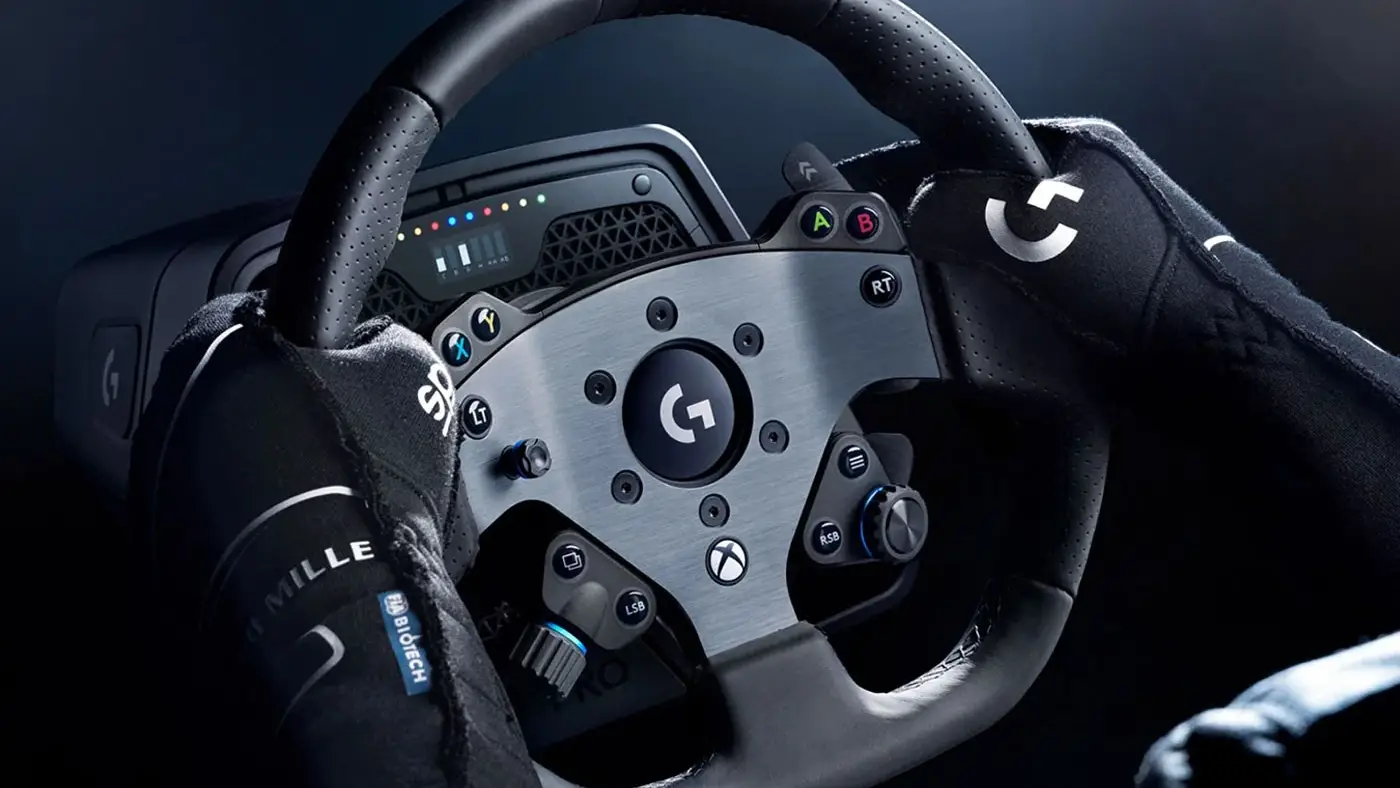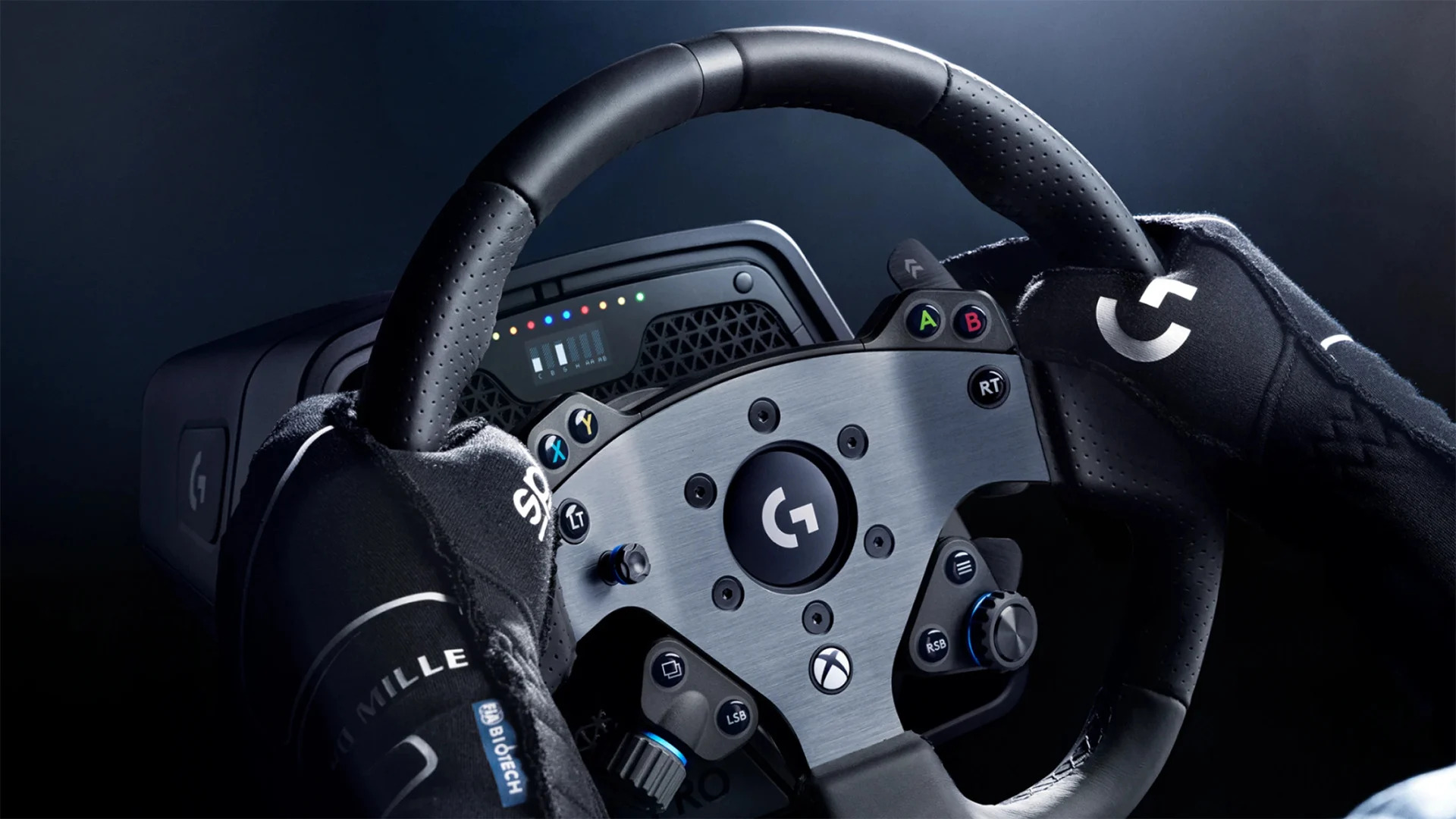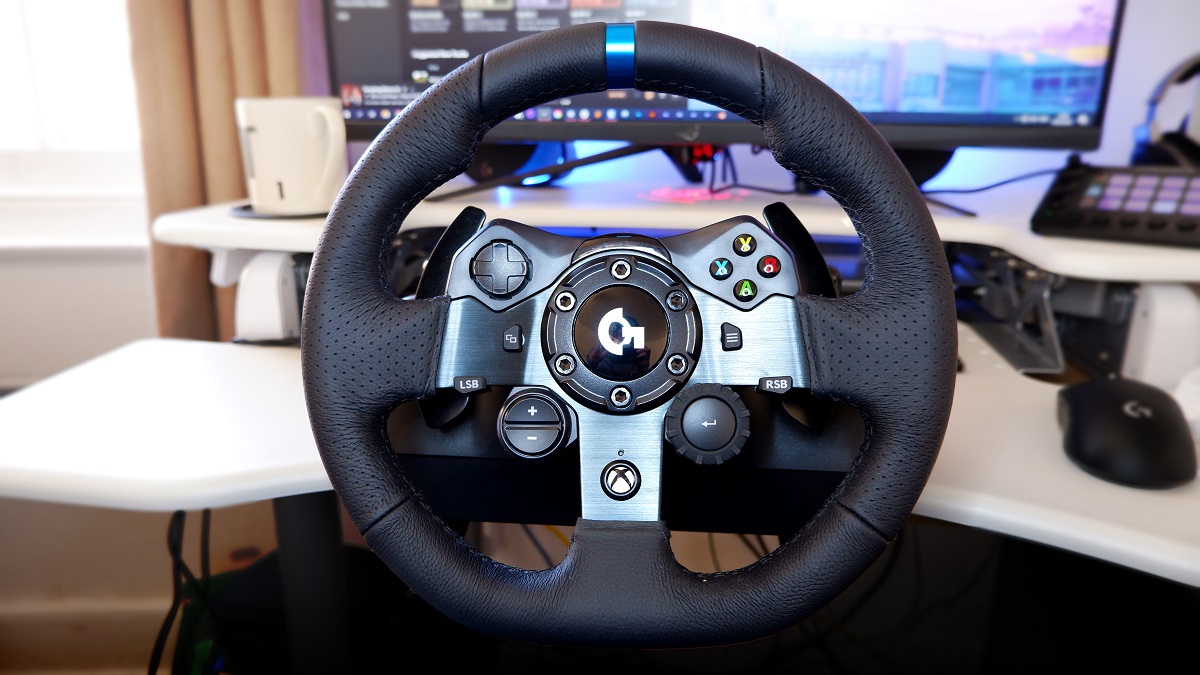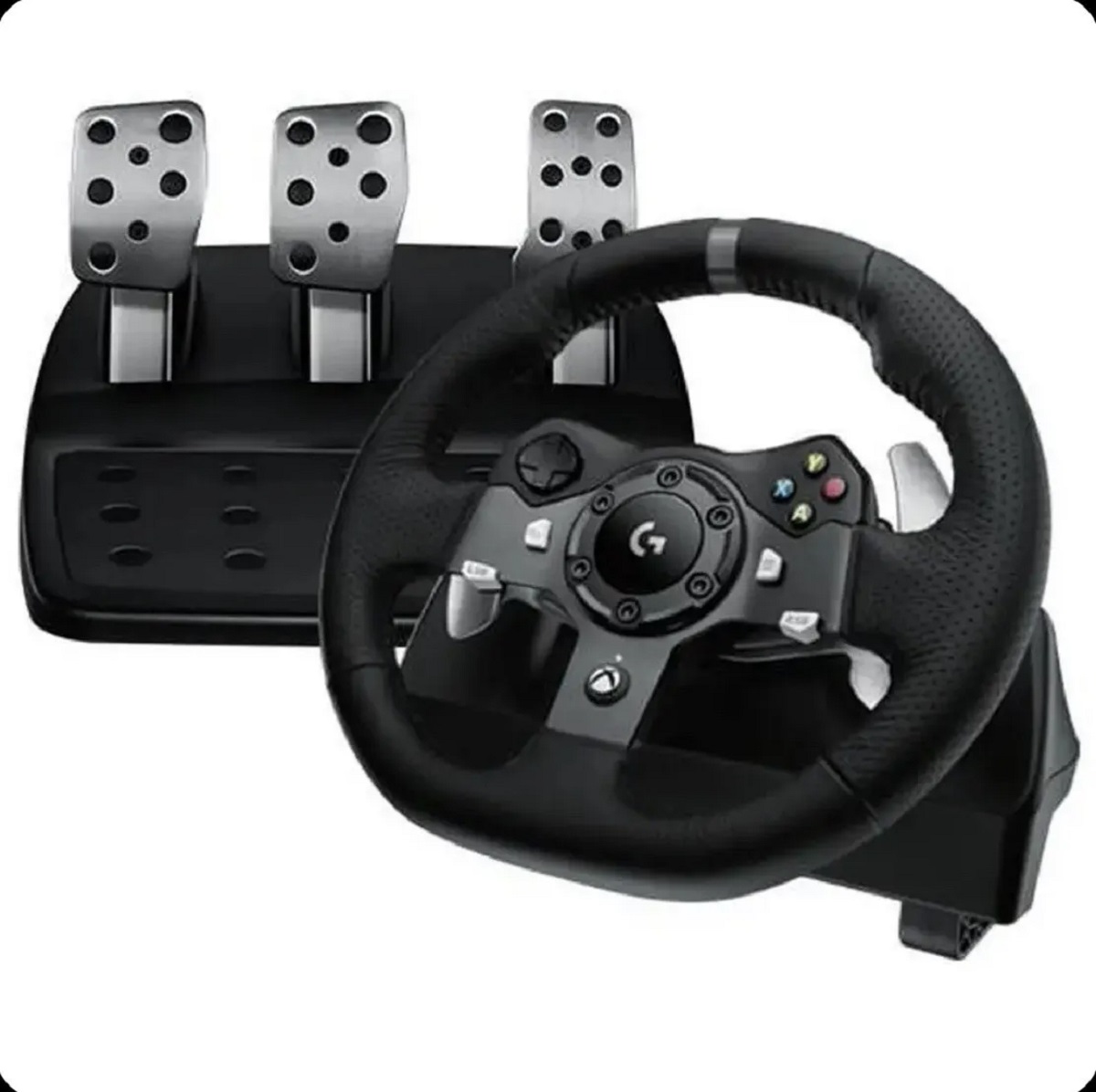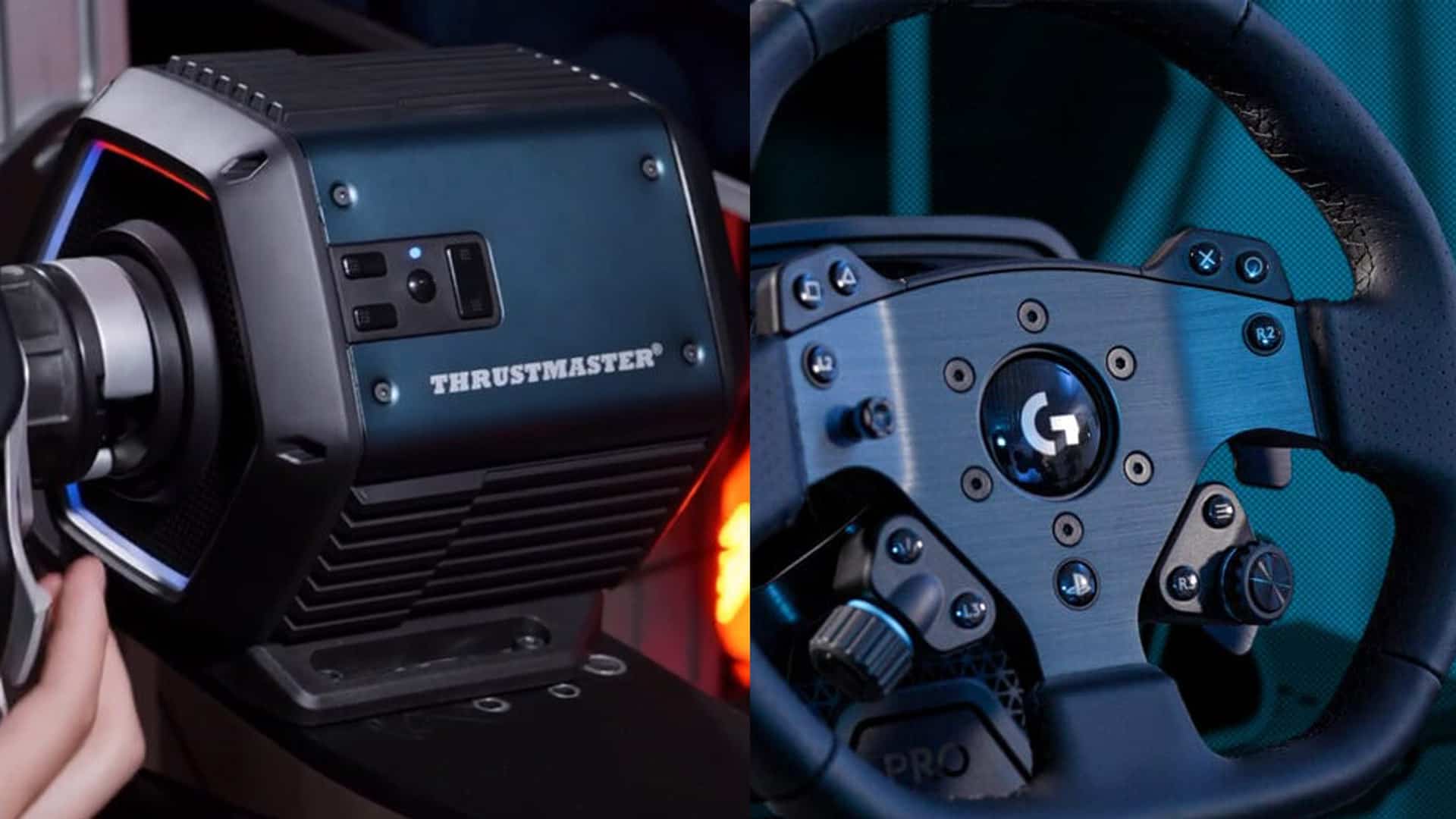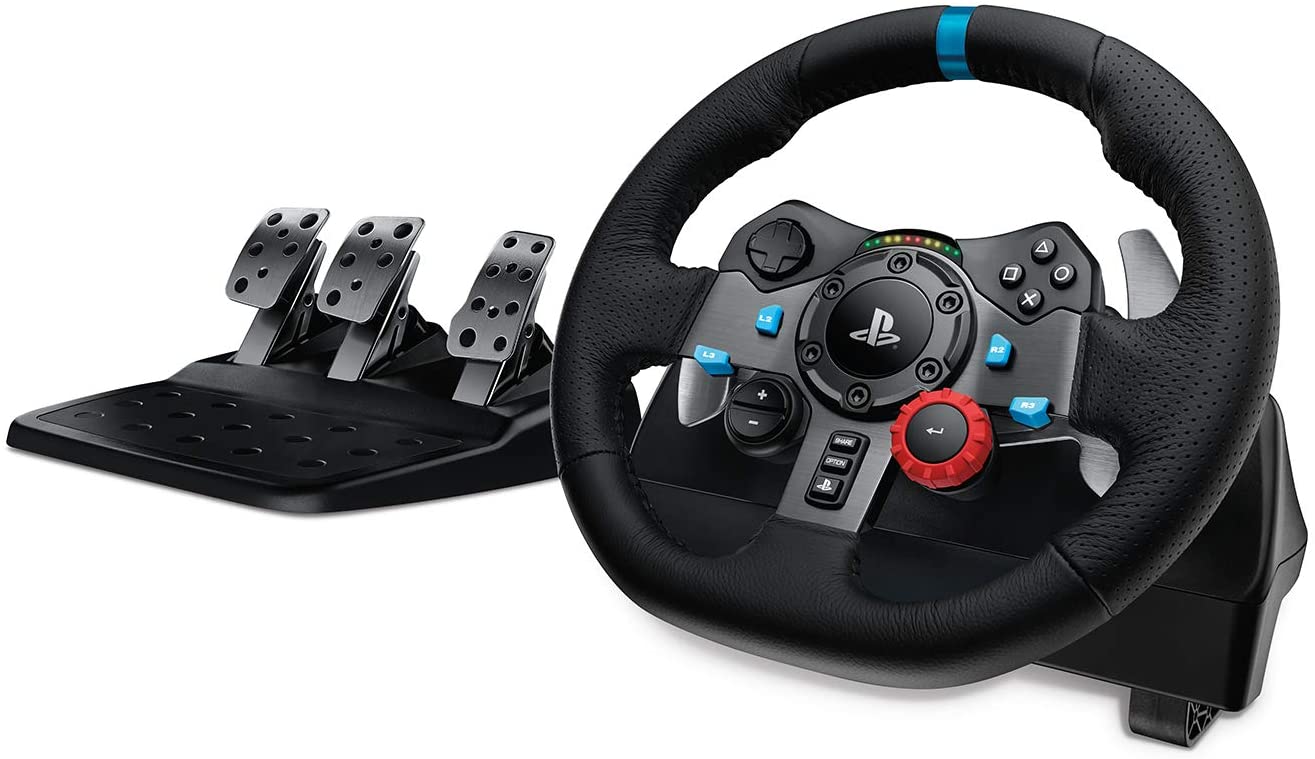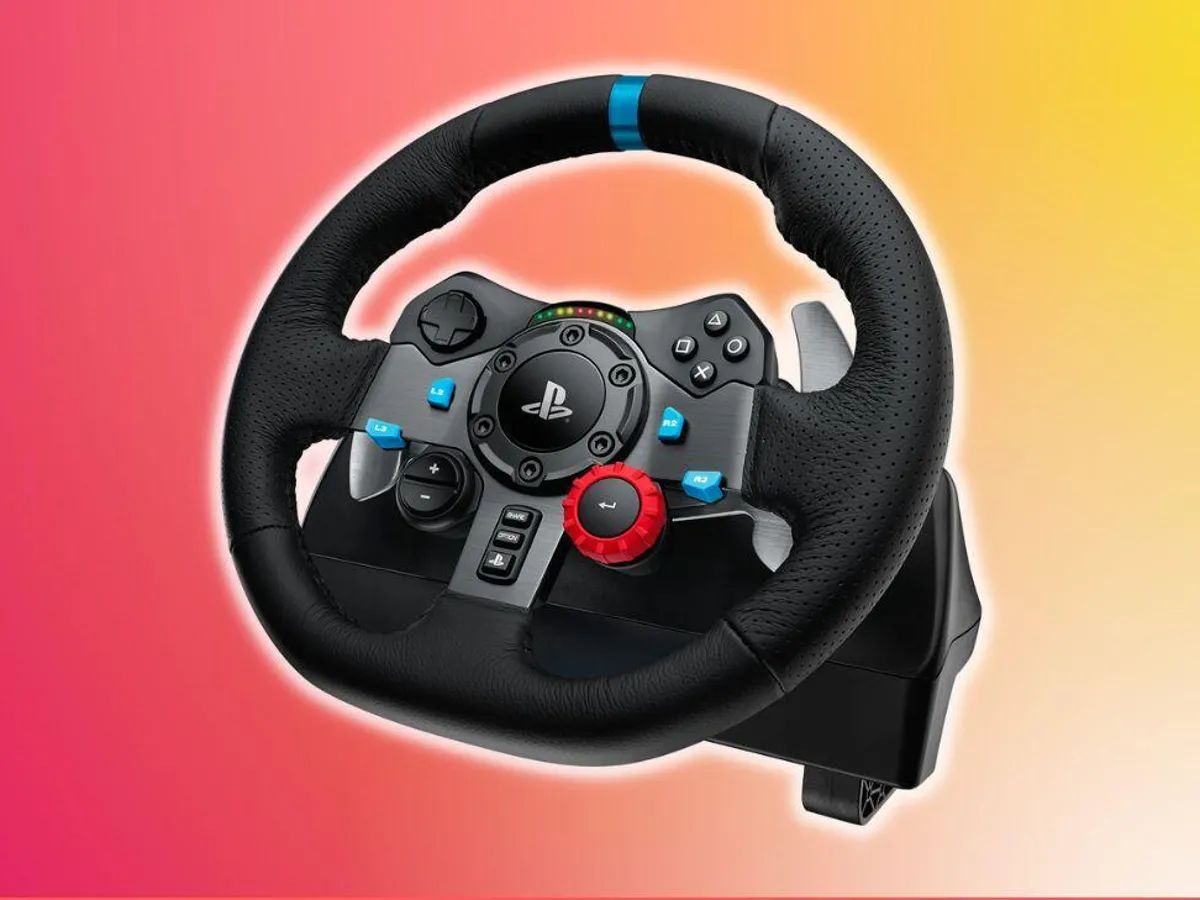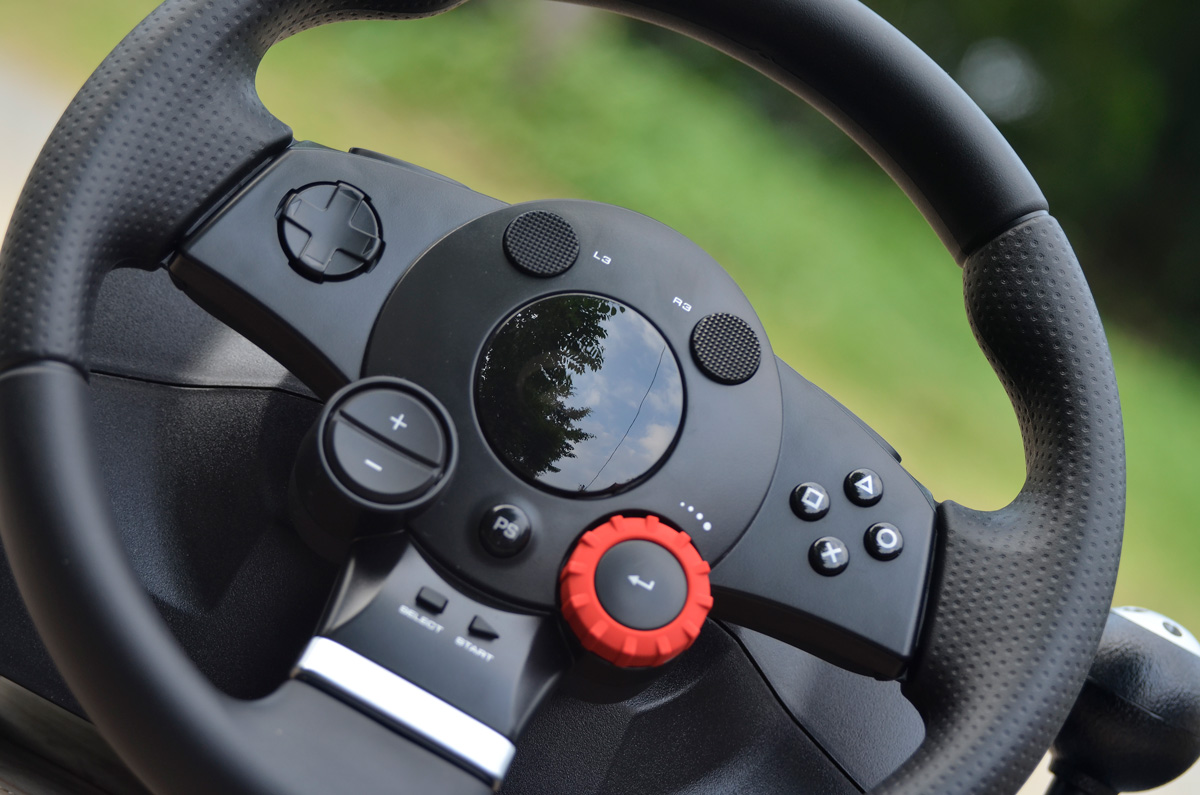Introduction
Racing simulators have revolutionized the gaming experience, offering players the thrill of high-speed races from the comfort of their homes. One of the key elements that contribute to the immersive nature of these simulators is force feedback in racing wheels. This technology simulates the physical forces experienced by real race car drivers, enhancing the realism and excitement of virtual racing. In this article, we will explore the concept of force feedback, its application in racing wheels, and the myriad benefits it brings to the gaming experience.
The integration of force feedback in racing wheels has significantly elevated the level of realism and engagement in racing simulations. By providing tactile and responsive feedback to the driver, force feedback technology bridges the gap between the virtual and real-world driving experience. As players navigate hairpin turns, feel the rumble of the engine, and sense the resistance of the road, they are transported into the heart of the action, experiencing the adrenaline-pumping thrills of high-speed racing.
This article delves into the intricacies of force feedback, shedding light on its mechanisms, its impact on racing wheels, and the unparalleled advantages it offers to gaming enthusiasts. Whether you are a seasoned racing aficionado or a newcomer to the world of sim racing, understanding force feedback and its role in racing wheels is essential for unlocking the full potential of the virtual racing experience. So, fasten your seatbelt, rev up your engines, and join us on a thrilling exploration of force feedback in racing wheels.
What Is Force Feedback?
Force feedback, also known as haptic feedback, is a technology that replicates the tactile sensations and forces experienced in the real world and translates them into the virtual environment. In the context of gaming, force feedback systems are designed to provide users with physical feedback in response to their actions, enhancing the overall sensory experience. This technology enables users to feel the impact of their in-game interactions, adding a new dimension of realism and immersion to the gaming experience.
At its core, force feedback operates on the principle of haptic communication, which involves the sense of touch and the perception of tactile sensations. By leveraging force feedback, gaming peripherals such as racing wheels, joysticks, and controllers can convey a range of physical sensations, including vibrations, resistance, and texture, to the user. These tactile cues not only enrich the gaming experience but also offer valuable feedback and cues that aid in decision-making and situational awareness during gameplay.
The implementation of force feedback technology varies across different gaming peripherals, with racing wheels being a prominent example of its application. In the context of racing simulators, force feedback in racing wheels simulates the dynamic forces encountered during driving, such as the effects of acceleration, deceleration, road texture, and tire grip. As a result, players can perceive the nuances of the driving environment, anticipate vehicle behavior, and make informed adjustments based on the tactile feedback they receive through the racing wheel.
Understanding the underlying mechanisms of force feedback is crucial for appreciating its impact on gaming immersion and realism. By emulating the physical forces and textures present in real-world scenarios, force feedback technology transcends the boundaries of traditional gaming, allowing players to engage with virtual environments in a more visceral and intuitive manner. As we delve deeper into the realm of force feedback in racing wheels, we will uncover the profound implications of this technology on the gaming landscape, particularly in the context of racing simulations.
Force Feedback in Racing Wheels
Force feedback technology plays a pivotal role in the realm of racing simulations, particularly through its integration into racing wheels. Racing wheels equipped with force feedback capabilities are designed to replicate the physical sensations and forces experienced by drivers in real racing scenarios. This includes simulating the effects of vehicle dynamics, road surfaces, and environmental conditions, allowing players to perceive and respond to these factors in a highly immersive manner.
Within the context of racing wheels, force feedback is achieved through the use of motors and sensors that interact with the user’s inputs and the in-game dynamics. As the player navigates through virtual race tracks, the force feedback system dynamically adjusts the resistance and feedback provided by the wheel, mirroring the changing driving conditions and the behavior of the virtual vehicle. Whether it’s the jolt of a rough terrain, the resistance of a sharp turn, or the subtle nuances of tire grip, force feedback in racing wheels recreates these tactile sensations, enabling players to instinctively react to the virtual driving environment.
Furthermore, force feedback in racing wheels enhances the level of precision and control available to players. By conveying the subtle nuances of vehicle dynamics and road feedback, the technology empowers users to make informed steering inputs, modulate throttle and brake control, and maintain a heightened sense of situational awareness during races. This heightened level of tactile feedback not only enriches the gaming experience but also contributes to the development of essential driving skills and techniques, making it an invaluable tool for both casual players and aspiring sim racers.
As the technology behind force feedback continues to evolve, racing wheels have become increasingly sophisticated in their ability to convey a wide range of tactile cues and forces. The seamless integration of force feedback in racing wheels has redefined the standards of realism and immersion in racing simulations, blurring the line between virtual and real-world driving experiences. In the following sections, we will delve deeper into the myriad benefits of force feedback in racing wheels and explore how this technology elevates the art of virtual racing to new heights.
Benefits of Force Feedback in Racing Wheels
The integration of force feedback in racing wheels offers a multitude of benefits that significantly enhance the gaming experience for racing enthusiasts. These benefits extend beyond mere entertainment, impacting skill development, realism, and overall immersion in virtual racing simulations. Understanding the advantages of force feedback in racing wheels provides valuable insight into the transformative impact of this technology on the gaming landscape.
- Enhanced Realism: Force feedback in racing wheels authentically replicates the tactile sensations and forces encountered in real-world driving scenarios. This heightened realism allows players to immerse themselves in the virtual racing environment, fostering a more authentic and engaging experience.
- Improved Immersion: The tactile feedback provided by force feedback technology deepens the sense of immersion, enabling players to feel the nuances of the virtual vehicle’s behavior and the dynamic nature of the driving environment. This heightened immersion contributes to a more captivating and visceral gaming experience.
- Developing Driving Skills: Force feedback in racing wheels facilitates the development of essential driving skills, such as steering control, throttle modulation, and braking techniques. By providing realistic tactile cues, the technology nurtures the refinement of these skills, making it an invaluable tool for honing driving proficiency.
- Increased Precision and Control: The tactile feedback from force feedback systems empowers players with a heightened level of precision and control over their virtual vehicles. This enhanced control allows for more accurate steering inputs, better management of throttle and brake control, and improved responsiveness to changing driving conditions.
- Feedback for Decision Making: Force feedback technology offers valuable feedback cues that aid in decision-making during races. Players can intuitively respond to the tactile cues provided by the racing wheel, making informed adjustments based on the dynamic forces and road feedback encountered in the virtual environment.
These benefits collectively contribute to an enriched and captivating gaming experience, elevating virtual racing to new heights of realism and engagement. As we explore the profound impact of force feedback in racing wheels, it becomes evident that this technology transcends the realm of entertainment, offering a platform for skill development, immersive experiences, and the cultivation of a deeper appreciation for the art of virtual racing.
How Force Feedback Enhances Racing Experience
Force feedback technology serves as a cornerstone in enhancing the overall racing experience, elevating the realism, immersion, and skill development within virtual racing simulations. By integrating force feedback into racing wheels, game developers and hardware manufacturers have transformed the dynamics of virtual racing, offering players a heightened level of engagement and authenticity. The following points illustrate how force feedback enriches the racing experience and contributes to the evolution of virtual racing as an art form.
- Realistic Sensory Feedback: Force feedback in racing wheels replicates the tactile sensations and forces experienced in real-world driving, allowing players to feel the rumble of the engine, the resistance of the road, and the impact of vehicle dynamics. This realistic sensory feedback immerses players in the heart of the racing action, fostering a heightened sense of realism and authenticity.
- Dynamic Response to In-Game Events: Force feedback systems dynamically respond to in-game events, such as changes in road surfaces, vehicle dynamics, and environmental conditions. As players navigate through virtual race tracks, the racing wheel provides responsive feedback, allowing them to adapt to the evolving challenges and nuances of the driving environment in real time.
- Intuitive Vehicle Control: The tactile cues from force feedback technology enable players to intuitively control their virtual vehicles, making precise steering inputs, modulating throttle and brake control, and responding to the dynamic forces encountered during races. This intuitive vehicle control enhances the player’s ability to navigate through complex driving scenarios with heightened precision and finesse.
- Engagement and Immersion: The enhanced realism and tactile feedback offered by force feedback in racing wheels deepen the level of engagement and immersion in virtual racing simulations. Players become fully immersed in the driving experience, as they feel the nuances of the virtual vehicle’s behavior and respond to the dynamic forces and road feedback encountered in the virtual environment.
- Skill Development and Mastery: Force feedback technology contributes to the development of essential driving skills and techniques, nurturing the refinement of steering control, throttle modulation, and braking proficiency. As players interact with the tactile feedback provided by the racing wheel, they have the opportunity to master the art of virtual racing with a heightened level of skill and precision.
By encapsulating these elements, force feedback technology not only enriches the racing experience but also fosters a deeper appreciation for the art of virtual racing. As we continue to explore the transformative impact of force feedback in racing wheels, it becomes evident that this technology has redefined the boundaries of realism, immersion, and skill development within the virtual racing landscape, offering players an unparalleled platform for experiencing the thrill of high-speed races in the digital realm.
Conclusion
Force feedback technology has emerged as a transformative force in the realm of virtual racing, particularly through its integration into racing wheels. By simulating the tactile sensations and forces encountered in real-world driving scenarios, force feedback enhances the realism, immersion, and skill development within racing simulations, offering players an unparalleled platform for experiencing the thrill of high-speed races in the digital realm.
As we’ve explored the intricacies of force feedback, its application in racing wheels, and the myriad benefits it brings to the gaming experience, it becomes evident that this technology has redefined the boundaries of realism and engagement within the virtual racing landscape. From the enhanced sensory feedback and dynamic response to in-game events to the intuitive vehicle control and skill development it fosters, force feedback has elevated virtual racing to new heights, captivating players with its unparalleled level of authenticity and immersion.
Looking ahead, the continued evolution of force feedback technology holds the promise of further enriching the virtual racing experience, pushing the boundaries of realism and immersion even further. As hardware manufacturers and game developers continue to innovate in this space, it is certain that the future of virtual racing will be defined by ever more realistic, engaging, and immersive experiences, driven by the transformative power of force feedback technology.
Ultimately, force feedback in racing wheels stands as a testament to the seamless convergence of technology and entertainment, offering a compelling fusion of realism, engagement, and skill development that resonates with racing enthusiasts and gaming aficionados alike. As players continue to seek the thrill of high-speed races in the digital realm, force feedback technology will undoubtedly remain at the forefront of delivering unparalleled virtual racing experiences, redefining the art of racing in the digital age.







